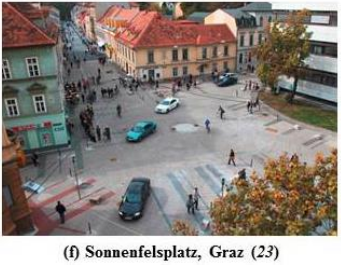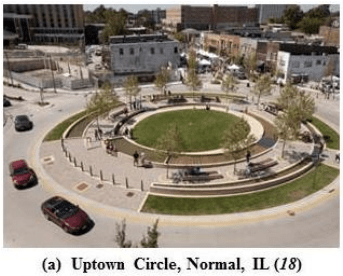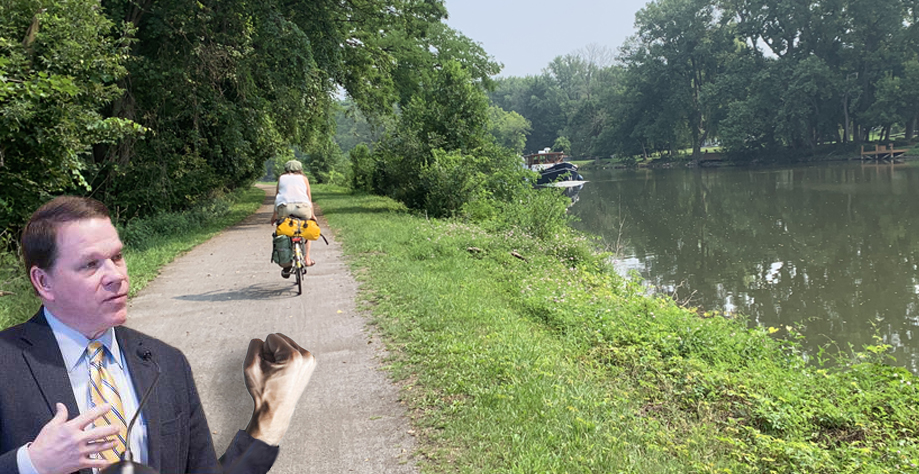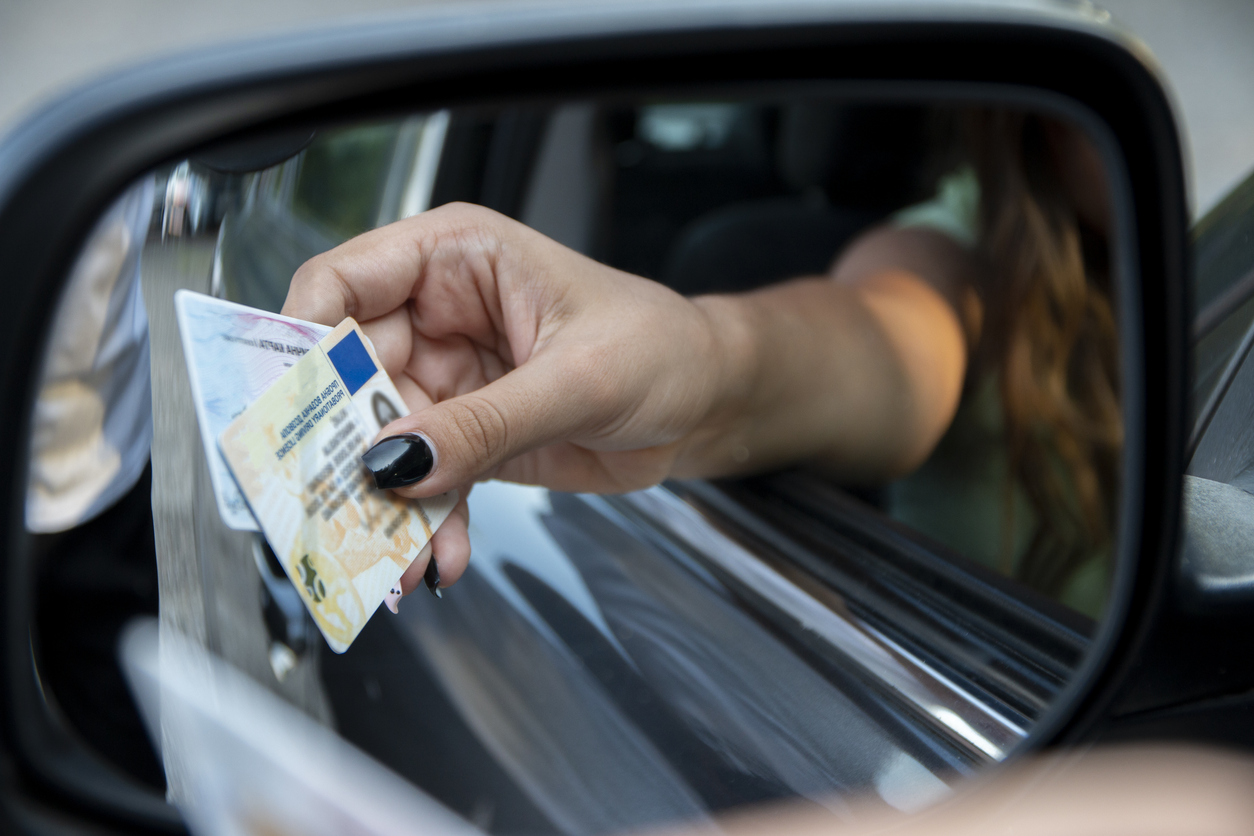The idea behind "shared space" street design is that less can be more. By ditching signage, traffic lights, and the grade separation between sidewalk and roadbed, the shared space approach calms traffic and heightens communication between drivers, pedestrians, and cyclists. Instead of following traffic signals on auto-pilot or speeding up to beat the light, motorists have to pay attention to their surroundings.

Shared space design has been shown to calm vehicle traffic and allow more freedom of movement for pedestrians with no increase in traffic injuries. A new study from professor Norman Garrick and Benjamin Wargo at the University of Connecticut finds that in the right conditions shared space also makes intersections more efficient for both pedestrians and motorists.
The study examined six sites around the world that have some degree of "shared space" and where each approach to the intersection has one lane of motor vehicle traffic. Because of the limited number of shared space designs in the U.S., only one American example is included: Uptown Circle in Normal, Illinois.
Using video, the researchers measured driver speeds and pedestrian and vehicle delay. The authors then compared those observations to computer-simulated estimates of how much delay would occur if the streets were designed with more conventional traffic control measures, like stoplights or roundabouts.
They found that in this context, shared space design calmed traffic while also creating less delay for both pedestrians and motorists than traffic signals.

The more "shared space" characteristics in the design, the calmer the traffic. For example, Sonnenfelsplatz, in Graz, Austria, where the distinction between driver and pedestrian space is blurred the most, is where motorists drove the slowest (5 mph). That site has no curbs or crosswalks. Drivers moved fastest (close to 10 mph) in Normal, Illinois's Uptown Circle, which has painted crosswalks and a low level of "integration" between space for drivers and pedestrians.
At the same time, the researchers found that, compared to signalized intersections, shared spaces allow for more efficient movement of both people and cars.
"The pedestrians at the shared spaces showed little or no hesitation before crossing," the authors wrote. On average, pedestrians waited less than a second to cross at all six intersections. If the intersections were signalized, pedestrians would have waited an average of 10.7 seconds, according to the simulation.
Motorists also spent less time immobilized than they would at conventional intersections. The shared spaces delayed drivers between 56 and 207 seconds less than a four-way stop would have, according to the simulation. Even compared to traditional roundabouts, the authors found that shared spaces would result in less delay if there are both a large number of people and a large number of vehicles moving through the intersection.
"The big takeaway is that shared space seems to be much, much more efficient," Garrick told Streetsblog. "Especially when there are a lot of pedestrians around."





